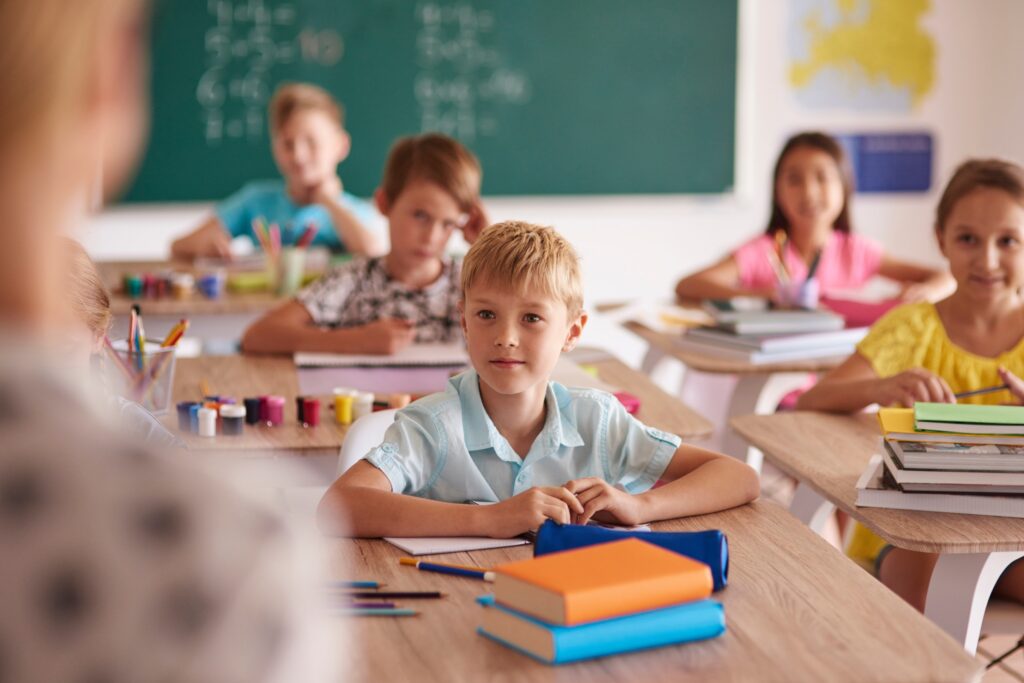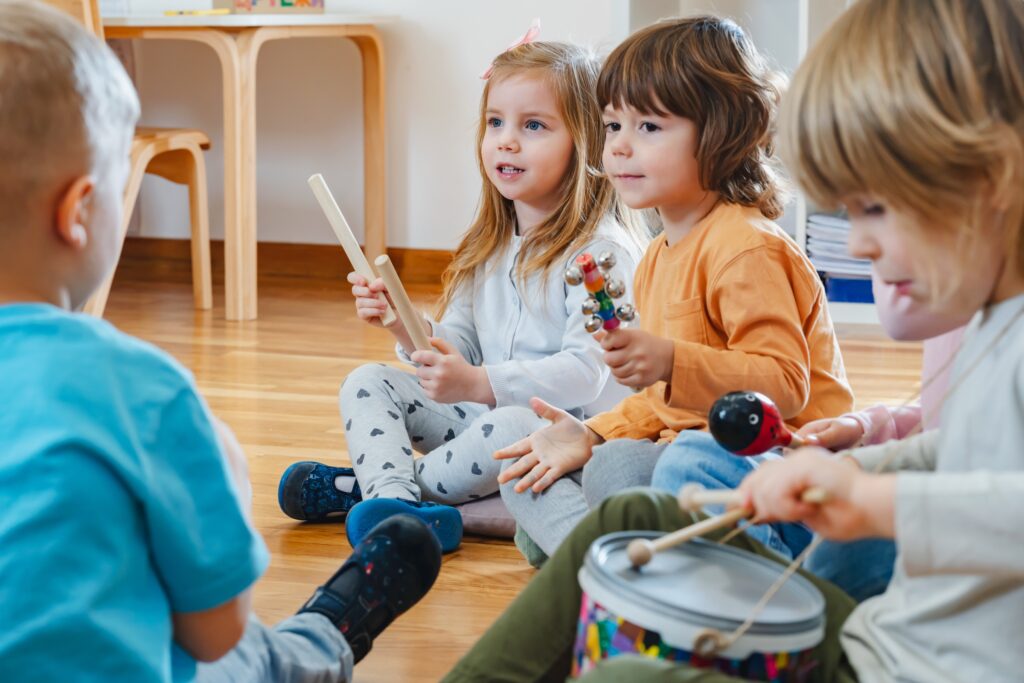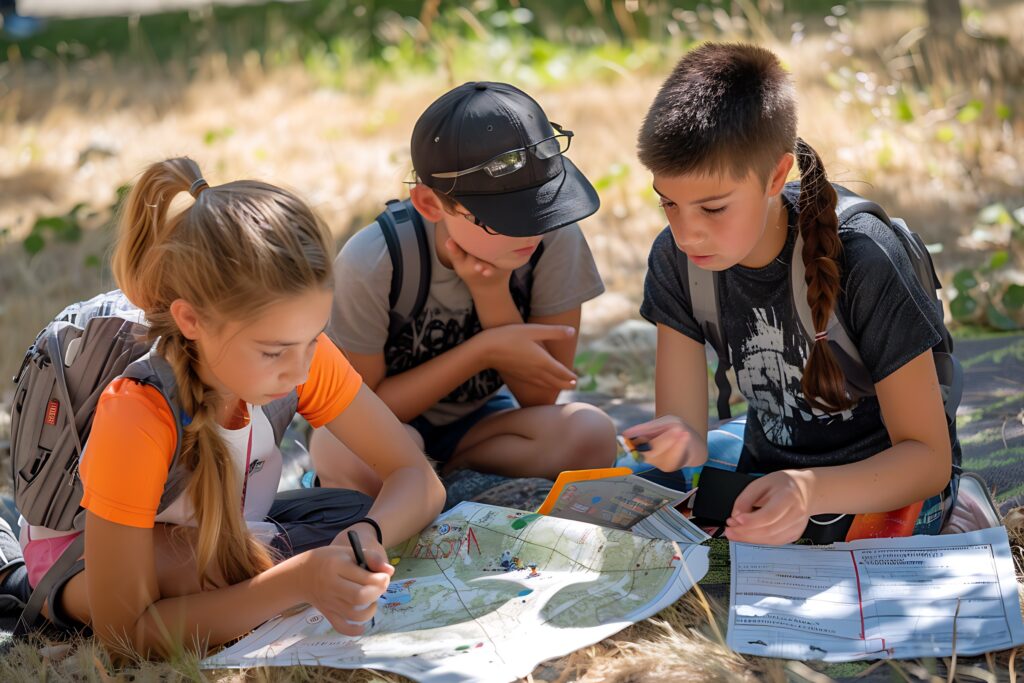Excessive safety is its own risk

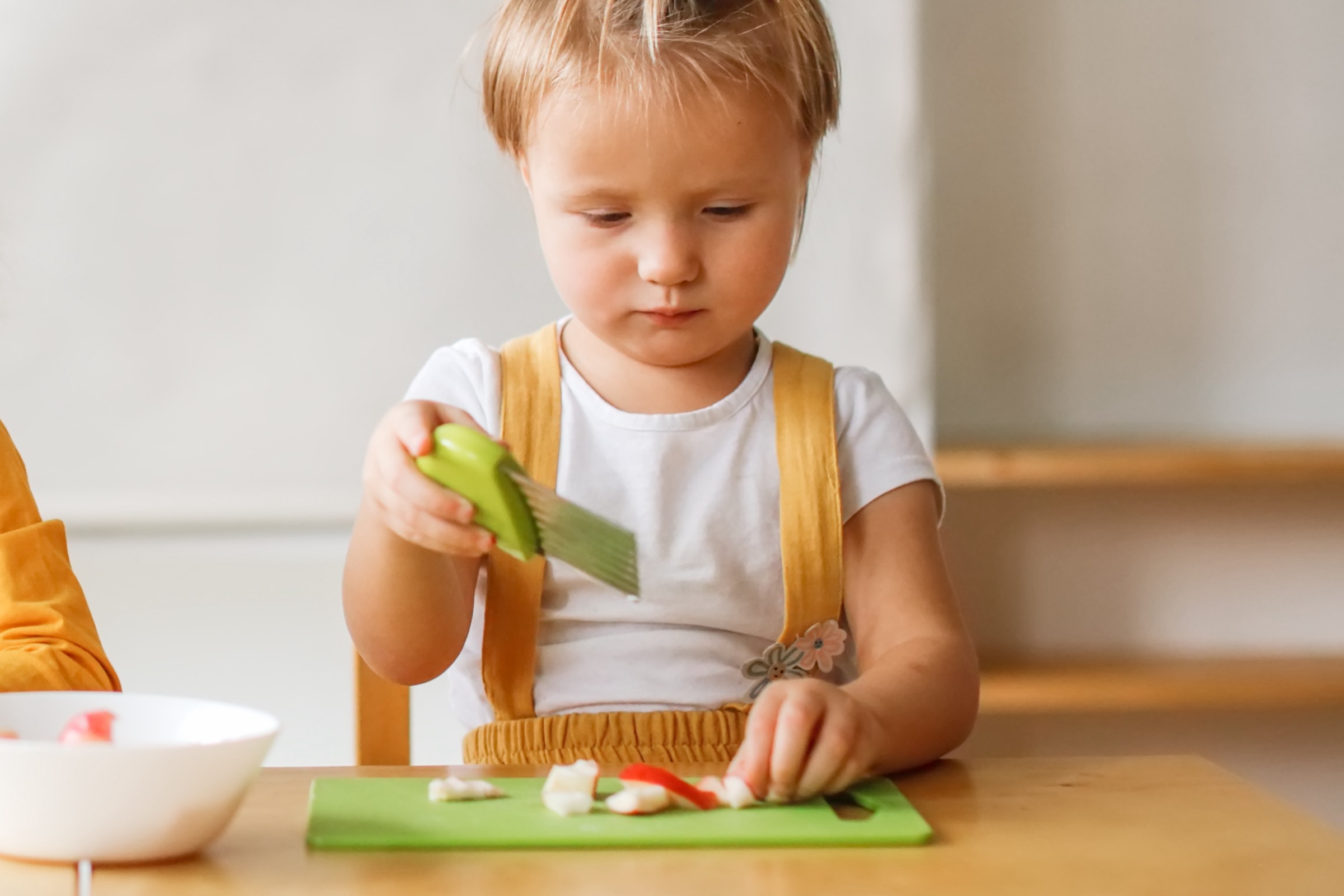
“Is the stove on?” the 18-year-old asked me before placing her hand on the hotplate to see if it was hot.
The stove was indeed on, and the hotplate seared her hand.
I’d not had time to respond and watched the injury occur before me, powerless to intervene in time.
I thought back to my own childhood as vague, insubstantial memories of being shown to hold my hand above a potentially hot item to feel if it radiated heat, began to manifest in my mind. She was 18, and had not been shown.
He was just starting high school and his mother parked alongside the kerb. I watched as he opened the door and sat himself in the passenger seat, having just concluded his first day. I then saw the mother exit the driver’s seat, walk to the passenger side, and fasten the seat belt for this lad, before returning to her seat to drive. What would happen if he was in someone else’s vehicle who would not anticipate that he had not been taught to fasten his seatbelt?
Protection and preparation are the two sides of the same coin that parents must walk the narrow road between, when raising children to be safe. Too much protection, and the child fails to develop the injury-prevention knowledge and skill that they will require as they face increasing challenges in life, too little protection and the child is placed in a precarious situation. Preparation is the key to ensuring the right amount of protection. Strategic preparation of life skills, understanding of how the world, tools and technology works and equipping the child according to their current capacity is the role of the adult. This requires the opportunity for risk-taking within safety boundaries.
Children are born utterly dependent upon the adult, however in fairly short order the demand, “I do it” manifests as the child follows their inbuilt drive for independence. Scaffolding this independence is a craft of observation followed by informed follow up for the adult to most appropriately support the child’s safe development. It would be lovely if there were a list of simple tools and procedures to follow, however the process is not that cut and dried. Parents must rely on their understanding of their own child in order to implement the right demonstration at the right time.
A few examples that a parent might consider:
As 79% of bed injuries are from cot falls*, families may choose to provide a floor bed such as the one pictured, from the time the child is able to propel themselves around the floor. Babies can be supported to associate tired feelings with a positive association of a free access bed, rather than a place where they rely on an adult to be placed and removed.
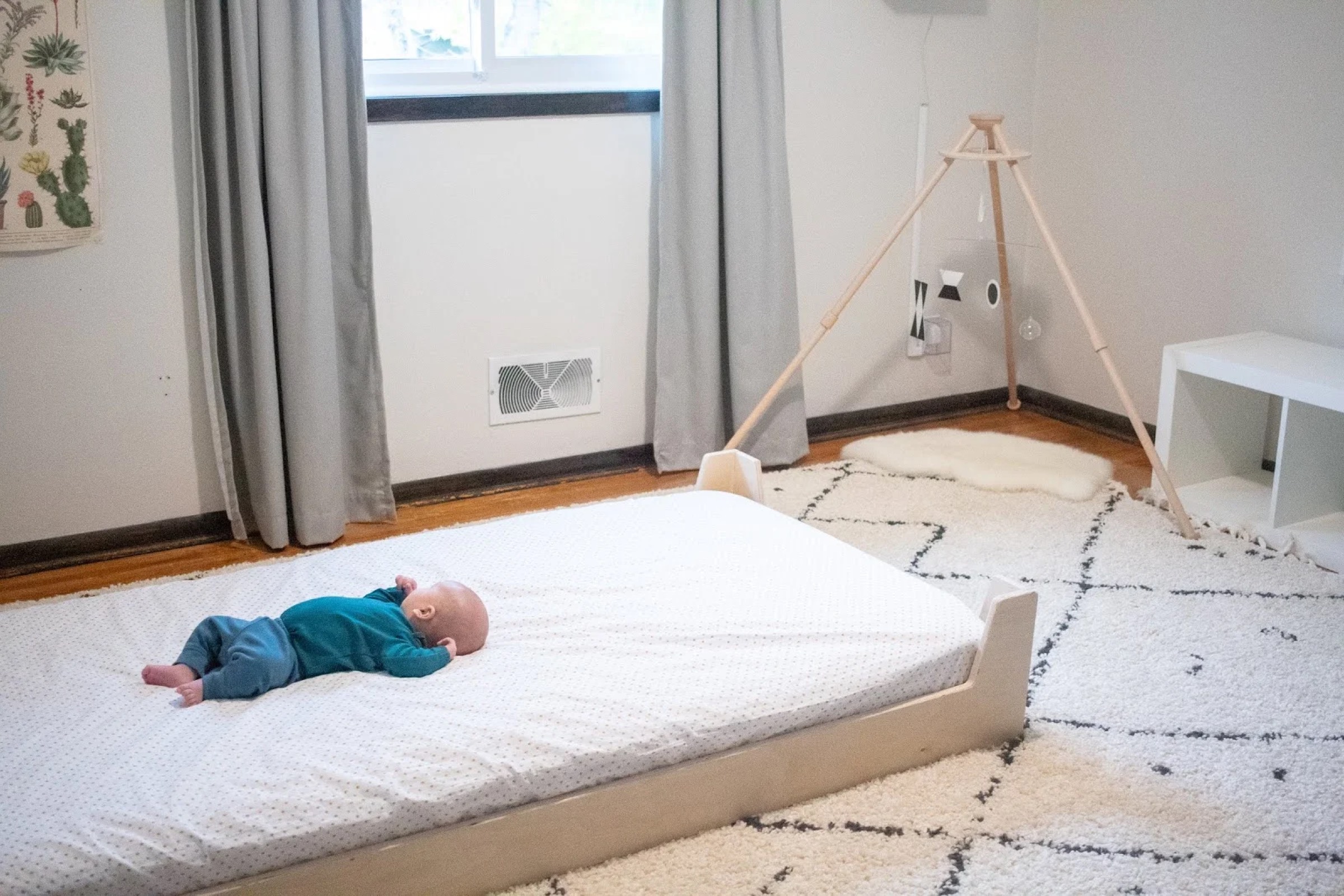
Sharp implements are another risk. Cutting with a wide blade helps prevent fingers being caught underneath (one hand on the handle, and one hand on the top), or by utilising a specially designed cutter like this one:
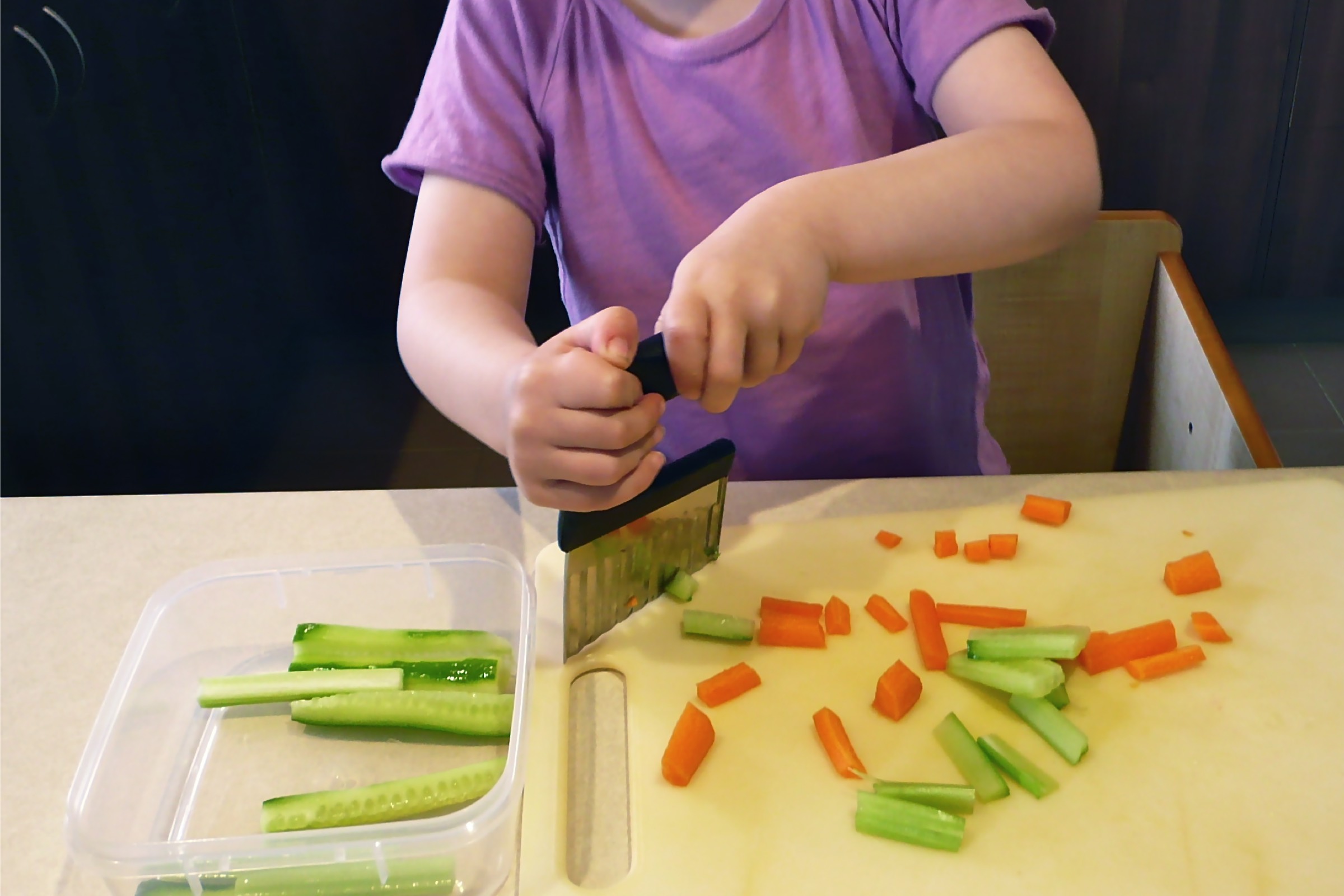
Hot and cold can be identified through different materials in the environment, but specifically with the thermic bottles. Educators (or parents) introduce the hot bottles progressively – using a cloth to show safe handling when the temperature is beyond warm.
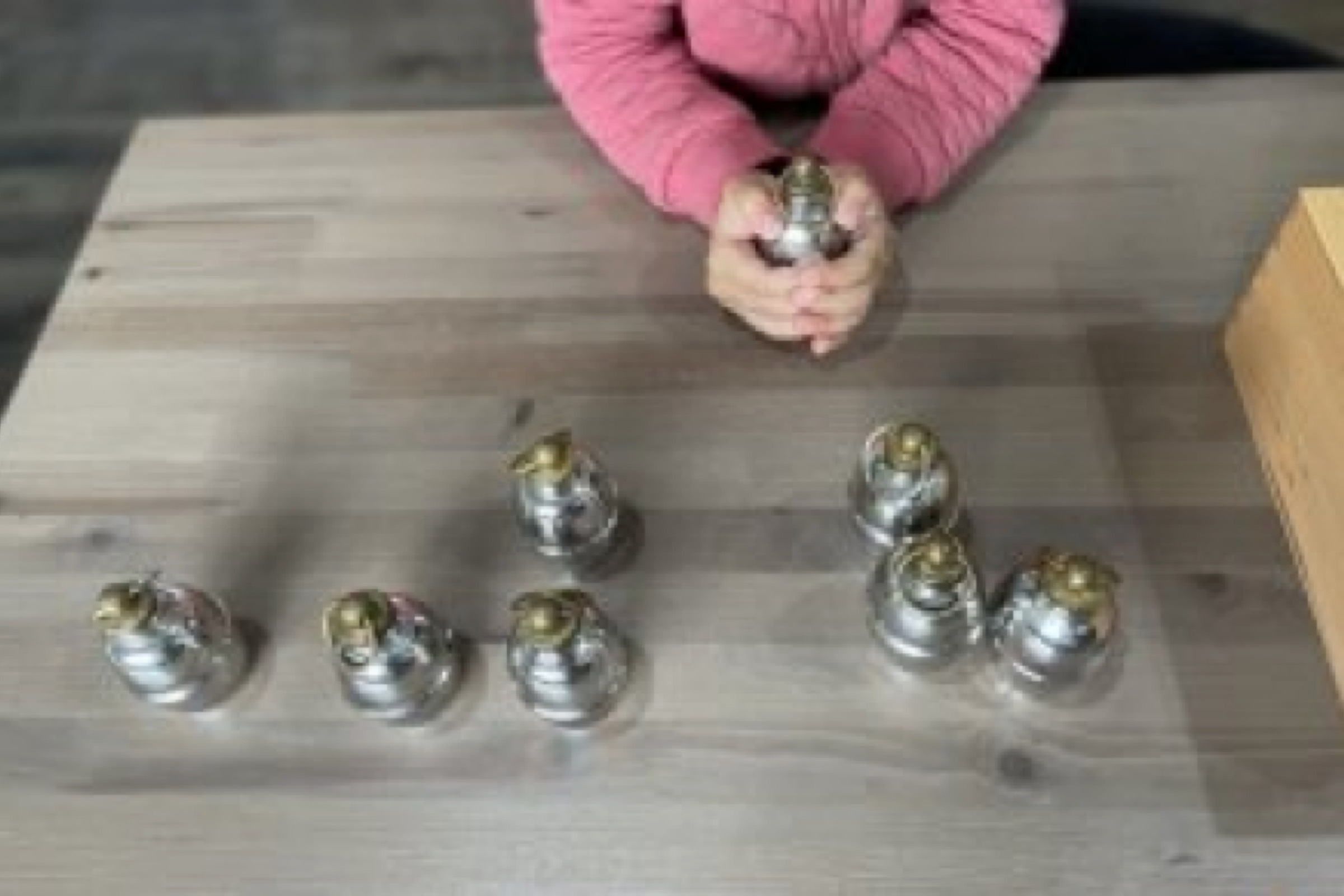
There are many hazards in our community that parents must protect children from, and also prepare children for. By providing a range of tools and experiences as children are driven for independence, parents are setting up their child to be alert and ready to be self-protective and ready for life’s challenges.
*source: International Journal of Environmental Research and Public Health Article. Monitoring Injuries Associated with Mandated Children’s Products in Australia: What Can the Data Tell Us?
Kirsten Vallmuur 1,2,* , Caroline Lukaszyk 3 and Jesani Catchpoole 1. September 2018.
Helping children thrive is a shared journey. Spread the word and support fellow educators with insights and resources from Your Child’s Day.
Resources, advice, and uplifting stories for educators and families. No spam, ever.

